WILLCOME dressing pack debridement type meet the needs of wound care, clinical examination, minor surgery prep and procedure. Provide a hygienic package to prevent cross-contamination of wounds and maintain a sterile environment during dressing changes. Suitable for both medical procedures and examinations. Its primary purpose is to clean wounds and replace dressings for patients who have experienced trauma.
WILLCOME dressing pack debridement type: medical suture needle, non-absorbable surgical suture, tray, plastic tweezers, medical gauze block, iodine cotton ball, alcohol cotton ball, towel, disinfection forceps etc.; The accessories in the package should be pollution-free, no damage, no odor, tasteless phenomenon. Plastic accessories should be smooth, uniform color, without burrs, flash and cracks. Product aseptic supply, ethylene oxide sterilization, ethylene oxide residue should be ≤10ug/g. In accordance with the needs of customer. we also support customization.


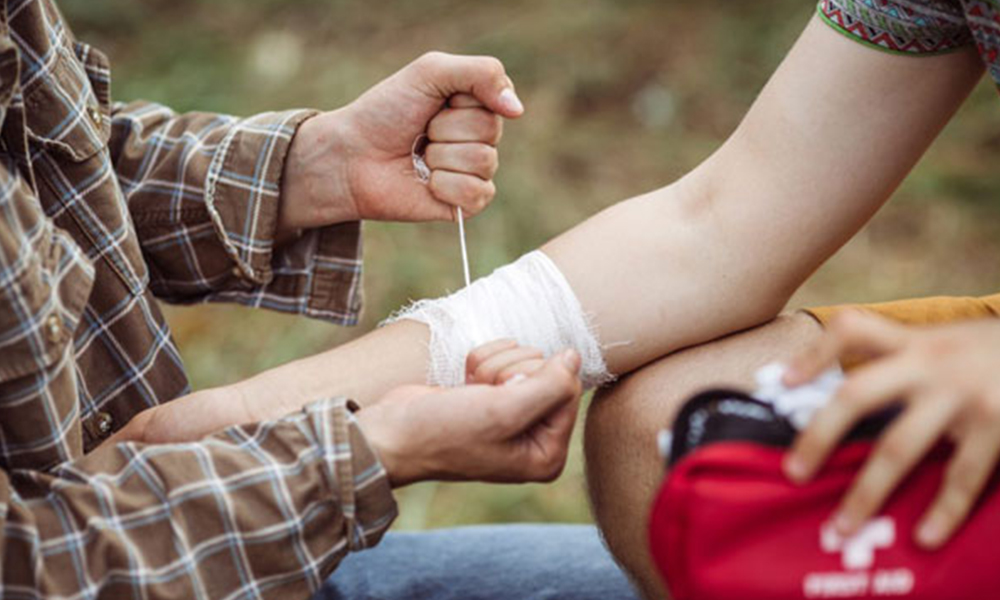
Sterility: Debridement packs are pre-sterilized, which is crucial for preventing infection during the procedure. This is especially important given the nature of debridement, which involves direct contact with open wounds.
Efficiency: Having a ready-to-use pack saves time in preparation, allowing healthcare professionals to focus more on the patient and the procedure itself. This can be particularly beneficial in emergency or high-pressure situations.
Portability: These packs are easy to transport, making them ideal for use in various settings, including hospitals, clinics, and home care. This is particularly useful for mobile healthcare providers or in remote locations.
Reduced Risk of Cross-Contamination: Single-use, sterile packs minimize the risk of cross-contamination between patients, which is crucial for infection control.
Ease of Use: The packs are designed to be user-friendly, often including instructions or a logical arrangement of items to facilitate efficient use. This can be particularly helpful for less experienced healthcare providers.
Versatility: While specialized for debridement, these packs can often be used for other minor surgical procedures, making them a versatile addition to any medical supply inventory.
Product Name | Dressing pack debridement type, Debridement surgical suture set, Medical sterile disposable dressing change kit debridement |
Color | White, blue etc. |
Disinfecting Type | EO sterilization |
Instrument classification | Class II |
Storage condition | Dry and cool area, avoid direct sunlight |
Dressing pack debridement type | ||
Fitting Name | Material | Quantity |
Plastic forceps | PS | 1pc |
Hole towel | PP/SMS | 1pc |
Alcohol cotton balls | Cotton | 1 bag |
Cotton balls | Cotton | 1 bag |
Gauze Swabs | Cotton | 4pcs |
disposable latex examination gloves | Latex | 1 pair |
Dressing hard tray | PS | 1pc |
Sterile field | PP | 1pc |
Suture line | 2pcs | |
Suture needle | 2pcs | |
Plastic handle Scissor | PS | 1pc |
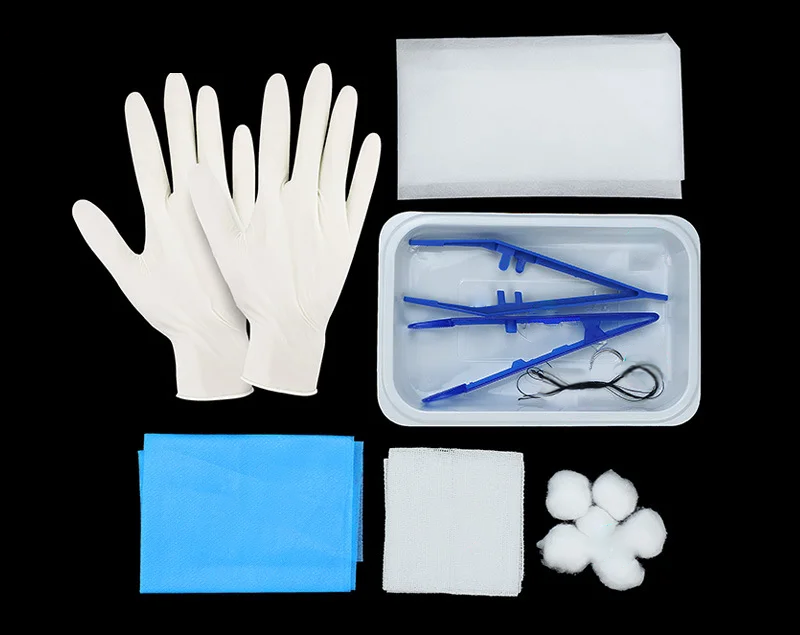
Tray:
Plastic, often Polyethylene Terephthalate (PET) or Polypropylene (PP). A sterile tray to hold all the components of the basic dressing pack.
Drapes:
Non-Woven Fabric: Sterile drapes are used to create a sterile field around the insertion site.
Medical Gauze Swab:
Medical gauze is most commonly made from 100% cotton fibers. Cotton is chosen for its softness, absorbency, and breathability.
Cotton Balls:
Made from 100% cotton, which is highly absorbent and soft.
Forceps:
Made of high-quality plastic. Plastic forceps are lightweight, cost-effective, and can be easily molded into various shapes. They are also non-conductive, suitable for medical procedures.
Latex Gloves:
Sterile gloves to ensure that the healthcare provider maintains a sterile environment while performing the procedure.
Sutures:
In some cases, the pack may include sterile suture materials for closing the wound if necessary.

Our debridement type dressing pack greatly saves the time and energy of medical staff, improves the work efficiency of the hospital.
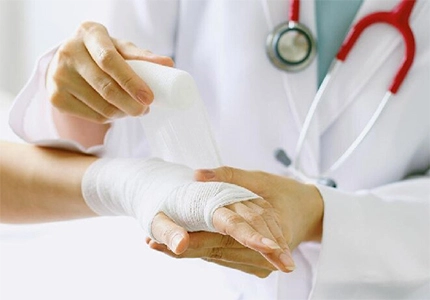
Our debridement type dressing packs are used for clinics nearby, infection-free and eco-friendly in its features.

For providing wound care in the aftermath of natural disasters or other emergencies.
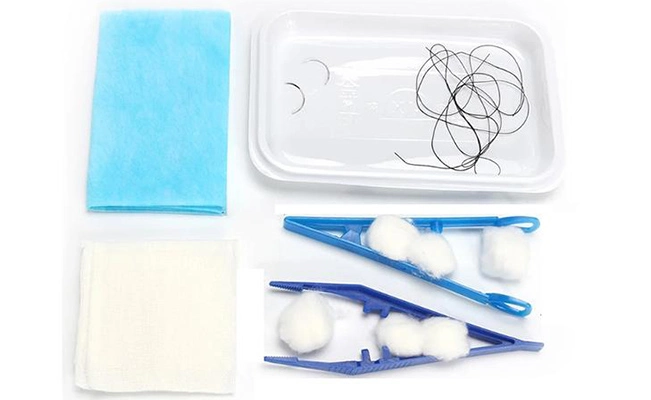
Carefully open the Debridement Type Dressing Pack, maintaining sterility. Lay out the contents on the sterile field.
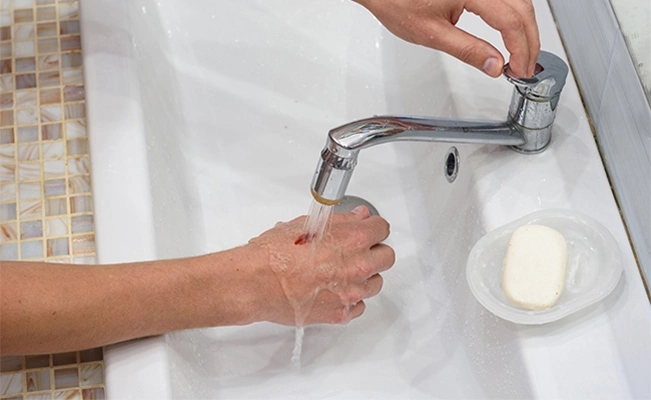
Use sterile saline solution or an antiseptic solution to irrigate the wound.Gently pat the wound dry with sterile gauze pads.
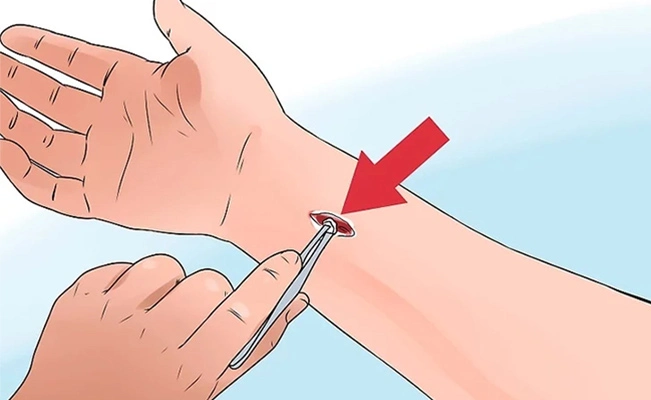
Use sterile forceps, scissors, or a scalpel from the pack to carefully remove necrotic tissue, debris, and any foreign material from the wound bed.
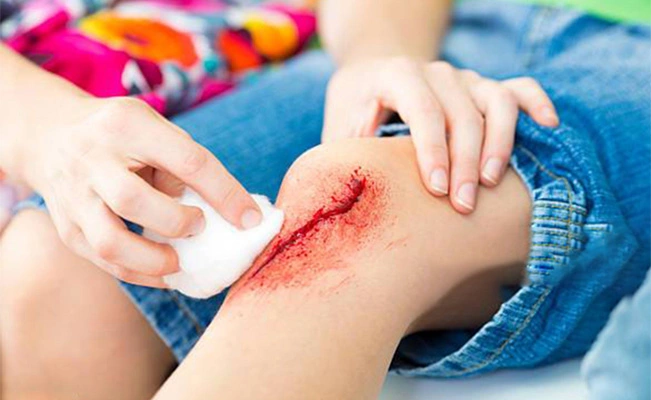
Irrigate the wound again with sterile saline solution to remove any remaining debris.
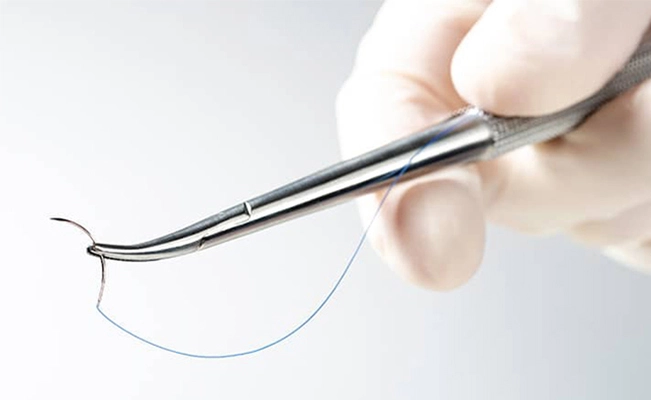
Use a needle and thread to close the wound if needed.
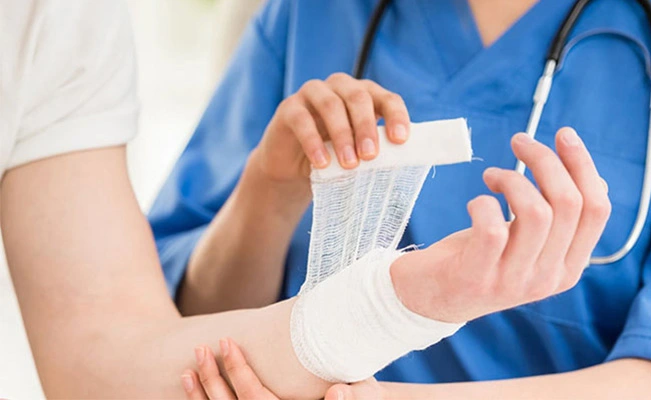
Apply gauze over the wound and secure with medical tape or roller bandage.